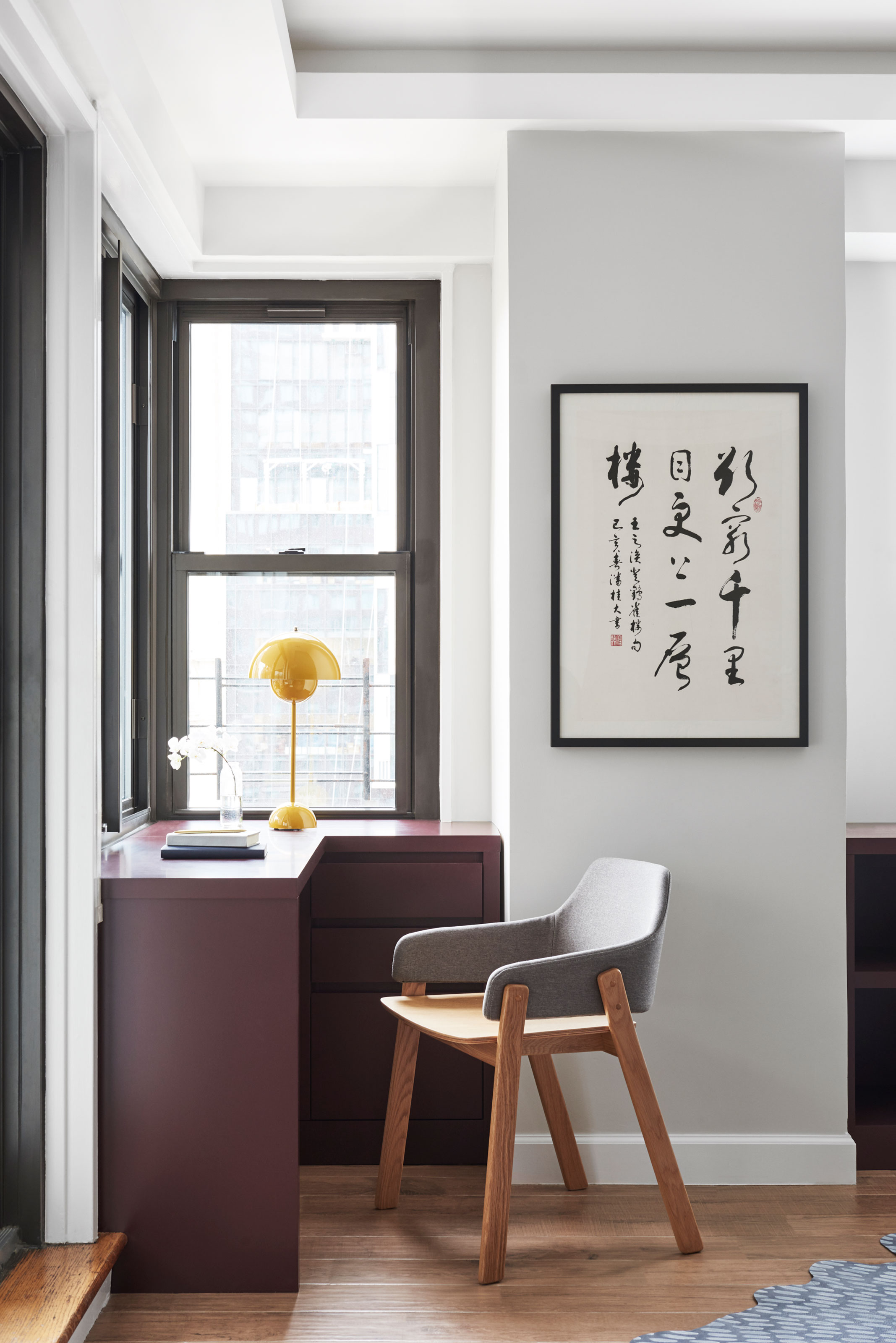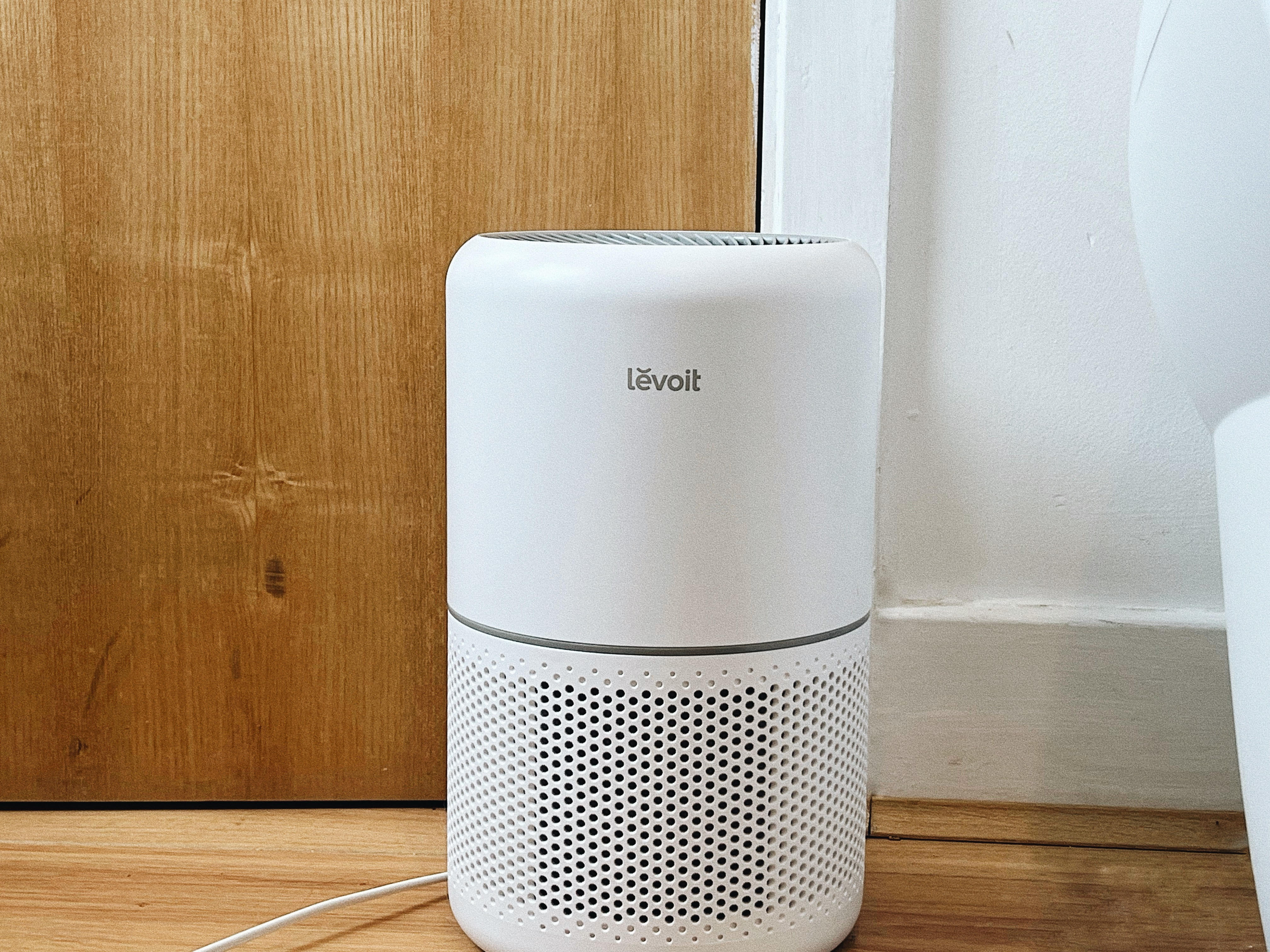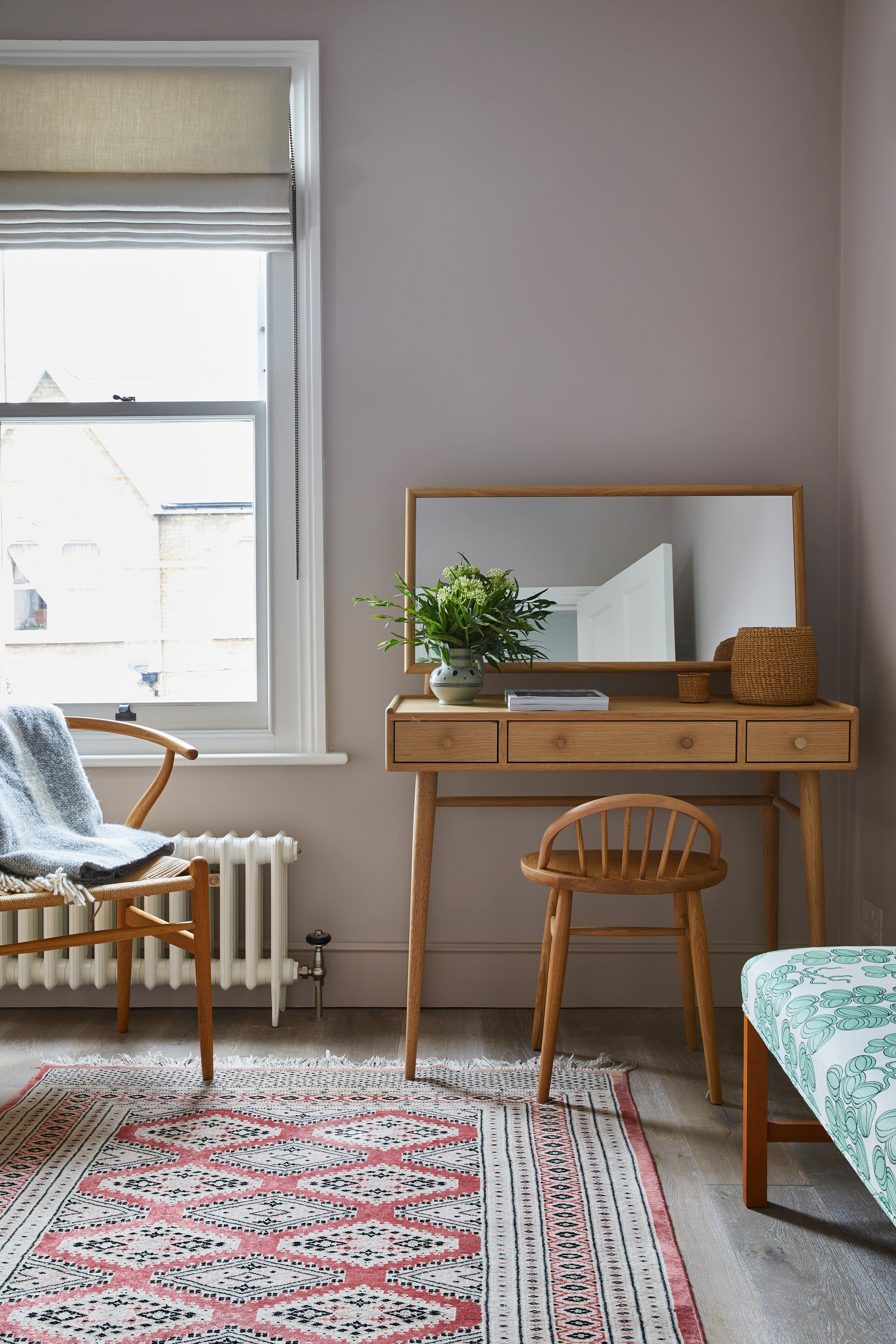
I love my little apartment, and as small as it may be, it still has many perks. I've lived in this space for two years, and if there's one thing I've become a pro at, it's keeping dampness at bay and condensation away. But that's not to say it was easy. I spent months trying to figure out what I could do to remove moisture from my home successfully.
From learning more about winter home humidity to understanding how to use an air purifier correctly — to cleanse the air around me — I've found a few simple solutions that even you can use. Of course, the toughest part of my home to tackle was the bathroom. Aside from being so small and often steamy after a long shower, I've now found quick and easy tricks to help take care of my home's health, avoid mold, and remove moisture.
Now, I don't own a dehumidifier (I know shock, horror), but I've managed to find ways to dehumidify a room without a dehumidifier, and it's easier than you think. I've come up with a few simple ways you can apply these methods in your home. Best of all, they're backed by the experts, too.
1. Opening Windows Regularly

If you're wondering how to stop condensation on windows — ventilation is the first step, which can be done by simply opening your windows. I do this every morning. It's become a routine to air out each room and bring in a bit of fresh air. Now, opening windows may not sound appealing during the winter, but it's certainly necessary.
Given my bathroom's size, steam can often get trapped in it, leading to moisture and, eventually, mold. To avoid moisture from locking itself into my bathroom, I keep the windows open for 20-30 minutes after every shower. If it's raining outside, I limit it to 10 minutes and keep the bathroom door open to help remove any trapped moisture.
Don't just take my word for it. I spoke to HVAC expert Simon Bernath from Furnace Prices, and he told me that opening windows is a good option but cautioned that I should always keep the weather in mind. "Opening windows to allow fresh air flow is a good idea, although one caveat is that it might best to avoid doing that when the weather is rainy or damp as you don't want to allow more moisture-laden air into your apartment," explains Simon. "But on other days, especially if it's sunny and a bit warmer out, fresh airflow may certainly help. The sun can also help create some natural convection and air circulation."
2. Using an Air Purifier

There are many air purifier benefits, and I've made it a habit to keep mine on a cycle when I'm at home. I currently use the LEVOIT Air Purifier from Amazon, priced at just $74 and I absolutely love it. It's been a game-changer in my small apartment. What it essentially does is draw in indoor air; the air then passes through a filter — to get rid of pollutants — and it then releases clean air back out.
So, how exactly has this helped me and my home? Well, given that dampness and mold are a concern in my apartment, air purifiers can help reduce airborne mold spores and remove any dirt or dust lingering in the air. I also have two little cats — Mango and Mochi — and the air purifier helps keep their litter odor at bay. It's a great first line of defense against removing smells that might usually linger.
"An air purifier can also help keep the air healthier, especially if dampness and mold are a concern," Simon tells me. "Obviously you still want to address the source of any mold as well, but keeping the air clean is important generally for health and well-being. Opt for a unit with a HEPA filter if possible." The great news is that the LEVOIT Air Purifier from Amazon has a HEPA (high-efficiency particulate air) filter. This type of air filter removes around 99.97% of fust, bacteria, and any airborne particles, according to the US Environmental Protection Agency. So, if you ask me, it's certainly worth the investment!
3. Cleaning Windowsill

I must admit I don't clean the windowsills in every room (every day), but the one space I pay extra attention to is the bathroom. I wipe down surfaces after every shower to ensure no moisture remains. When I first moved into my apartment, I found little specs of mold starting to grow on my windowsill, and of course, I decided to try everything in my power to remove it and make it go away.
Aside from ventilating the bathroom by opening windows, I also decided to grab my handy Mr Siga Microfiber Cleaning Cloth and get to work. I only have two small windows in my bathroom, so it doesn't take me long to give it a good wipe-down. Overall, I've managed to keep moisture at bay and prevent any further mold from lingering and growing. So, if you have a small bathroom with windowsills, I recommend you wipe them down after every shower. It makes a huge difference to the health of your space.
As for other areas of the home, I wipe down my windowsills every two days to ensure the place is spotless and no dust or dirt lingers from the outdoors. Simon says this strategy is ideal "especially if moisture tends to accumulate there, which can help prevent mold from forming."
4. Using a Fan

Whether you're using a fan to cool down a room or you're looking to reduce moisture in the air — fans are a great addition to any space. During the winter time, it can be quite hard keeping windows open, so if the weather is a bit too chilly for my liking and I want to reduce moisture and humidity in the air, I switch on my handy Pro Breeze Personal Table Fan.
"Using fans to circulate air is also a good tip," says Simon. "This can help maintain good airflow and keep moist air from stagnating. Pair this with a dehumidifier for best results." I don't own a dehumidifier myself, but I've been eyeing this Insignia™ — 35-Pint Dehumidifier from Best Buy recently. It currently has over 1,200 reviews and has a rating of 4.7 out of 5 stars.
Simon continues: "And I would add that making proper use of the bathroom fan after showers to vent excess moisture or even opening a window in the washroom and using a fan to help vent out steam and moist air, although again, this works best when it's not raining out."
As a final note, Simon says, "It may help to try to keep your home's air temperature a bit higher as warmer air can hold more moisture. That won't solve issues of excess moisture, but it can make the home feel more comfortable versus when humid air gets cooler, that's when it can often feel damp."
For my bathroom, I keep the fan running while the bathroom is in use and for about 10-15 minutes after use. As HVAC expert Simon says, it can remove any excess steam or moisture in the air.
Well, that's it from me. My simple but effective solutions have the stamp of approval from an expert, and I can promise you that these small changes in my small apartment have made a significant difference to my home's overall health.
Why don't you try it for yourself and see how it goes? Small yet effective steps to changing the overall health of your space will give you a clean and chic home. After all, a stylish home is one that is free of mold, moisture, and condensation.
FAQs
What others methods could I use?

If you're looking for further solutions, Kevin Goude, HVAC expert and owner of First Choice — a a company specializing in HVAC and indoor air quality — tells us: "Instead of just opening windows, try pairing it with a cross-ventilation strategy by opening windows on opposite sides of the apartment. This creates a wind tunnel effect, which helps clear out moist air more quickly. It's also best to do this during the least humid times of the day, usually late morning or early afternoon."
He continues: "Use a hygrometer to monitor indoor and outdoor humidity levels and ensure you're letting in drier air, not more moisture. Also, crack open a window slightly while cooking or showering, combined with a fan to direct moist air outward. Enhance this by applying a moisture-resistant treatment, such as a clear silicone sealant, to windowsills. This helps stop water damage and cuts down the areas where mold can grow."
Kevin says another great solution is using a mold-fighting spray (like this Mold and Mildew Killer from Amazon). Mold-fighting spray "creates a natural barrier that discourages recurring mold issues," the expert adds.







